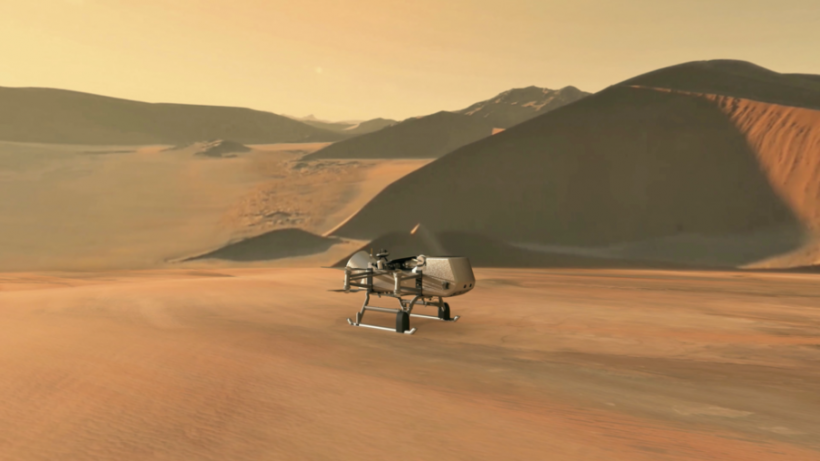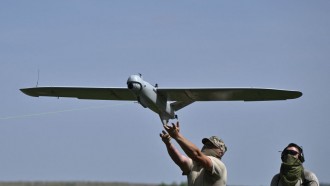Fly, fly away, dragonfly!
NASA has greenlit its Dragonfly rotorcraft mission to Saturn's moon Titan. The mission aims to study Titan's organic-rich environment, and it may soon achieve this goal after being granted approval to proceed with the final design, construction, and testing phases. In short, the dragonfly is set to take flight soon!

A Dragonfly is Set to Fly to Saturn's Moon Titan
Nicky Fox, Associate Administrator of NASA's Science Mission Directorate, expressed enthusiasm for the mission, highlighting its potential to expand scientific understanding beyond Earth's boundaries.
"Dragonfly is a spectacular science mission with broad community interest, and we are excited to take the next steps on this mission," Nicky Fox said in a statement. "Exploring Titan will push the boundaries of what we can do with rotorcraft outside of Earth."
In early 2023, the mission achieved approval for all the success criteria outlined in its Preliminary Design Review. However, according to NASA, during this phase, the mission received a request to revise its budget and schedule to align with the prevailing funding circumstances.
Subsequently, an updated plan was formulated and provisionally endorsed in November 2023, contingent upon the outcome of the fiscal year 2025 budget deliberations.
Concurrently, authorization was granted for the mission to continue advancing with the finalization of mission design and fabrication processes, thereby safeguarding adherence to the established timeline.
Upon releasing the president's fiscal year 2025 budget proposal, the Dragonfly mission was officially endorsed. It has a total estimated cost of $3.35 billion and a scheduled launch date of July 2028.
This announcement signifies a significant cost escalation, approximately doubling the initial projected expenses, and a postponement exceeding two years from its original selection in 2019.
In response to budgetary limitations encountered in fiscal years 2020 through 2022, NASA was compelled to undertake multiple re-planning efforts for the project.
Moreover, unforeseen factors such as the COVID-19 pandemic, supply chain disruptions, and extensive design refinements led to additional expenditures.
Heavy-lift Launch Vehicle
NASA allocated supplementary funding for a heavy-lift launch vehicle to expedite the mission's transit phase and to offset the delayed timeline for Titan's exploration.
Scheduled to reach Titan in 2034, the rotorcraft will embark on an expedition to numerous promising sites on the moon. It aims to investigate prebiotic chemical processes reminiscent of those observed on Titan and early Earth before the emergence of life.
Notably, Dragonfly represents NASA's inaugural mission to deploy a vehicle for scientific purposes on another celestial body. The rotorcraft operates like a large drone with eight rotors, facilitating extensive aerial exploration and data collection.
Related Article: NASA's Hubble Space Telescope Captures 'Butterfly Nebula' In Stunning Motion | Fun Facts About This Beautiful Space Butterfly










